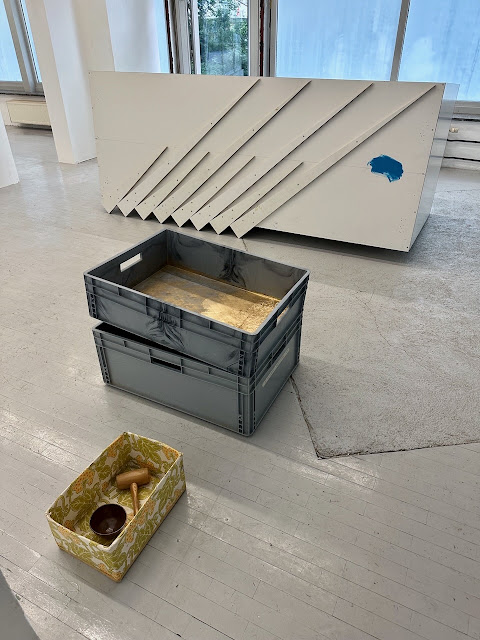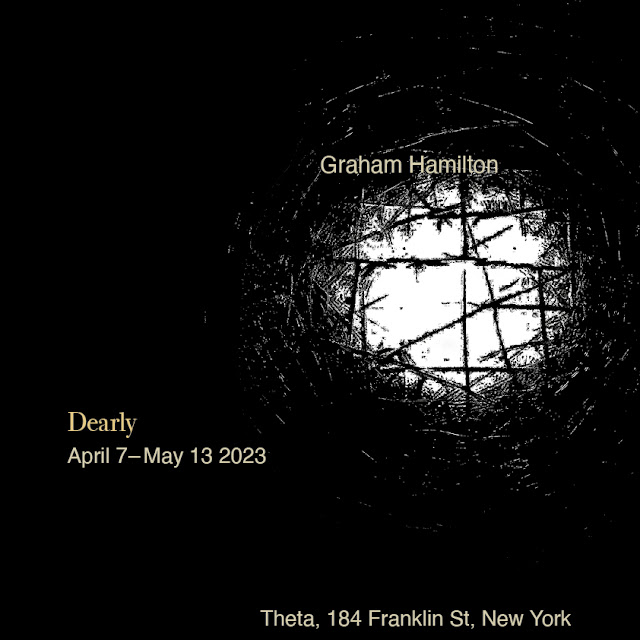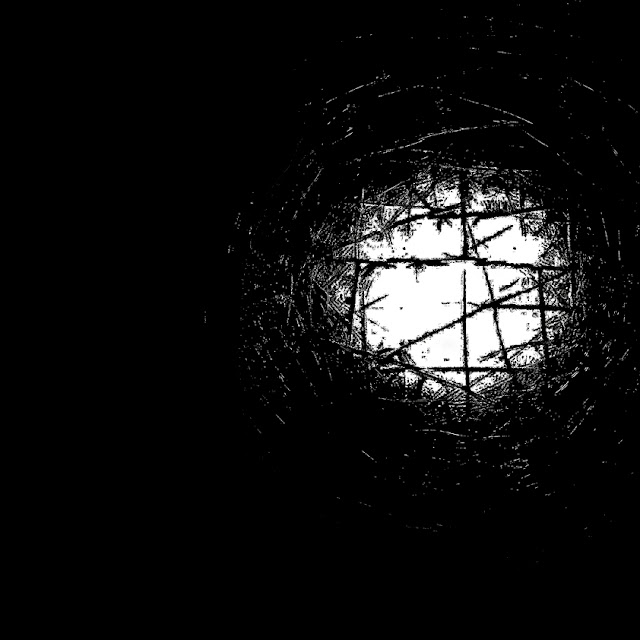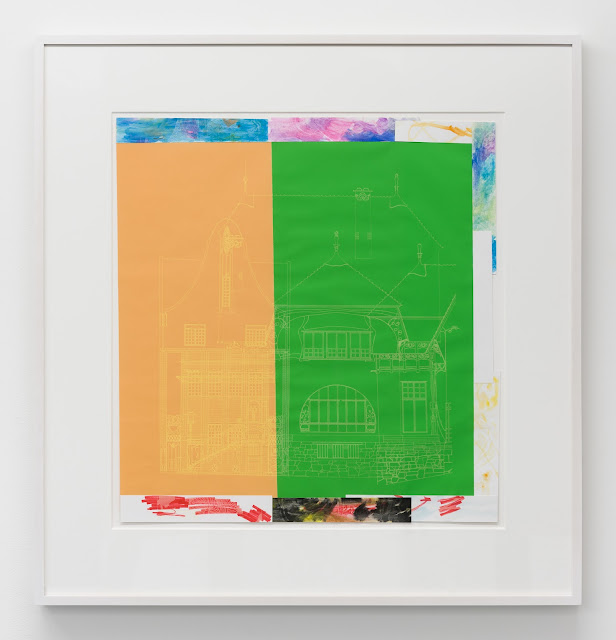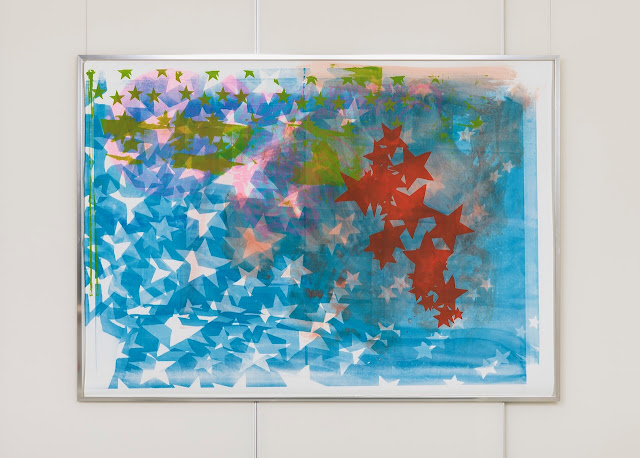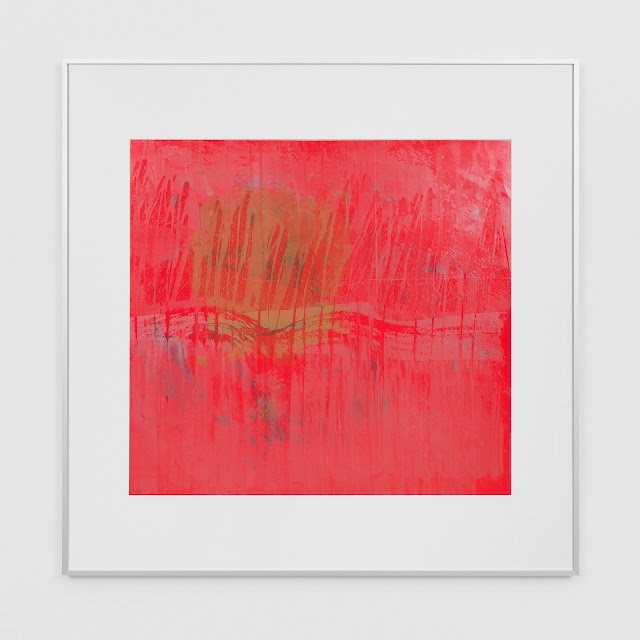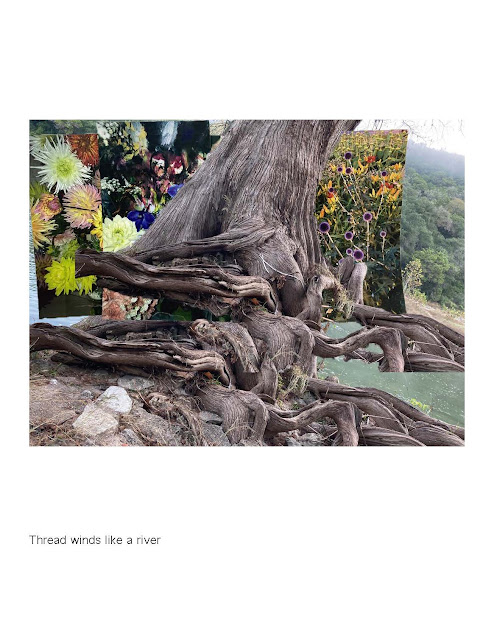The text I wrote for the exhibition CITY at Agence de Voyages, curated by Stephan Steiner and myself in Paris. May 10-31, 2025
AGENCE DE
VOYAGES
CITY
Stefano Faoro & Birgit Megerle
Agence de voyage is happy to present CITY, an exhibition of works by Stefano Faoro and Birgit Megerle.
-
Imagine an urban population on a street corner. In CITY the show is organized like a snapshot, but the tableau is split into two parts, portraits on the walls and bodies in the room. Stefano Faoro has populated the space––an apartment in the 19th arrondissement of Paris, near the Gare de l’est––with a crowd of mannequins clothed in outfits purchased at an outdoor market. These costumes accompany Birgit Megerle’s drawings, mostly portraits from the waist up of people in various modes, turning to address the viewer.


